Over the years, many physicians have worked with SIBR Research by entering their patients into clinical trials conducted by SIBR Research. Many of these physicians, after seeing the benefits that Coenzyme Q10 gave to their patients, requested Coenzyme Q10 for their families or for themselves. In this article, I will relate some of their successes and failures.
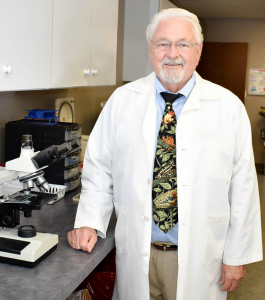
I have had two pacemakers over a 20-year interval. My mother has had four pacemakers in 40 years. We have taken CoQ10 for 30 and 49 years respectively. At SIBR Research, we have seen no problems in pacemaker patients taking CoQ10. In fact, CoQ10 seems to stabilize the heart cell membranes and to prevent cells other than the A-V and V pacemaker nodes from initiating ventricular systoles.
A physician requested CoQ10 for his mother
In 2002, a heart surgeon called our office and asked about our experiences in supplementing heart failure patients with Coenzyme Q10. I had previously met this physician in 1966 when he was a surgical fellow at Methodist Hospital in Houston, and I was a fellow in the department of Physiology at Baylor School of Medicine. We met at a lecture given by Dr. Karl Folkers on the biochemistry of CoQ10 in heart failure.
The heart surgeon’s mother was 78 years of age and in Class IV congestive heart failure for three years. She had been confined to a hospital bed three time in the past year. Her cardiologist said he had done all he could for her.
We put her on 300 mg of CoQ10 daily for a month to restore her plasma CoQ10 reservoir. Her initial plasma CoQ10 was 0.36 micrograms/ml. In thirty days, the plasma CoQ10 was 4.2 micrograms/ml, and her CoQ10 dosage was lowered to 200 mg/day. Her kidney function was much improved, and she had lost 16 pounds of excess body fluids. She progressed well and was sent home nine days after beginning CoQ10 therapy given in addition to her other medications.
Her heart function improved, and she became significantly more functional. She was able to live by herself and care for her home. She lived a good-quality and healthy life for the next 12 years. She was only in the hospital twice during this interval for medical checkups. She traveled and was able to enjoy her children, grandchildren, great grandchildren and her church friends.
A cardiologist supplemented with CoQ10 for his cardiac arrhythmia
A cardiologist who had experienced the benefits of Coenzyme Q10 in his heart failure patients and in his sister asked if CoQ10 could possibly help solve his cardiac arrhythmia problem. He was 68 years old and had to limit his practice because of a severe cardiac arrhythmia problem. He was having 2345 extra systoles per day. Conventional heart meds did not solve his problem.
We informed him of our experiences in reducing atrial fibrillation in early onset atrial fib patients and reducing the frequency of ventricular multi-focal systolic. His measured plasma CoQ10 was 0.57 micrograms/ml. We started him on 300 mg/day of CoQ10 for two months. After a month, his plasma CoQ0 was 3.6 micrograms/ml, and his arrhythmias had decreased to fewer than 200 per day.
After six months he was feeling well and was able to care for his patients. His extra systoles were now only 50 per day. This physician is now 78 years of age and enjoying his retirement in Florida. The known mechanism for CoQ10 in preventing cardiac arrhythmia is that CoQ10 stabilizes the cellular membranes of cardiac cells, thus preventing cardiac cell depolarization except for those cells in the cardiac pacemaker system.
A patient diagnosed with early-onset Parkinson’s disease
This gentleman came to SIBR Research at the suggestion of his physician. He was a 57-year-old school biology teacher. He had lost his mother to Parkinson’s at the age of 72. His measured plasma CoQ10 was 0.49 micrograms/ml. He was placed on 300 mg CoQ10 daily. After 30 days, his plasma CoQ10 was 3.6 micrograms/ml. In three months, his outward symptoms were not obvious.
The daily dose of Coenzyme Q10 was reduced to 200 mg/day, and his resting plasma CoQ10 was stable at 3.0 micrograms/ml. He continued to work and retired at the age of 65. Her is now 76 years old and in good health. His Parkinson’s has not progressed in the last 18 years. He is enjoying his retirement gardening, playing golf and enjoying his family.
Over the past 25 years, we have seen only a few advanced Parkinson’s patients respond to CoQ10 in that they have become highly functional and have lived a good quality of life for years after recovery with CoQ10 supplementation.
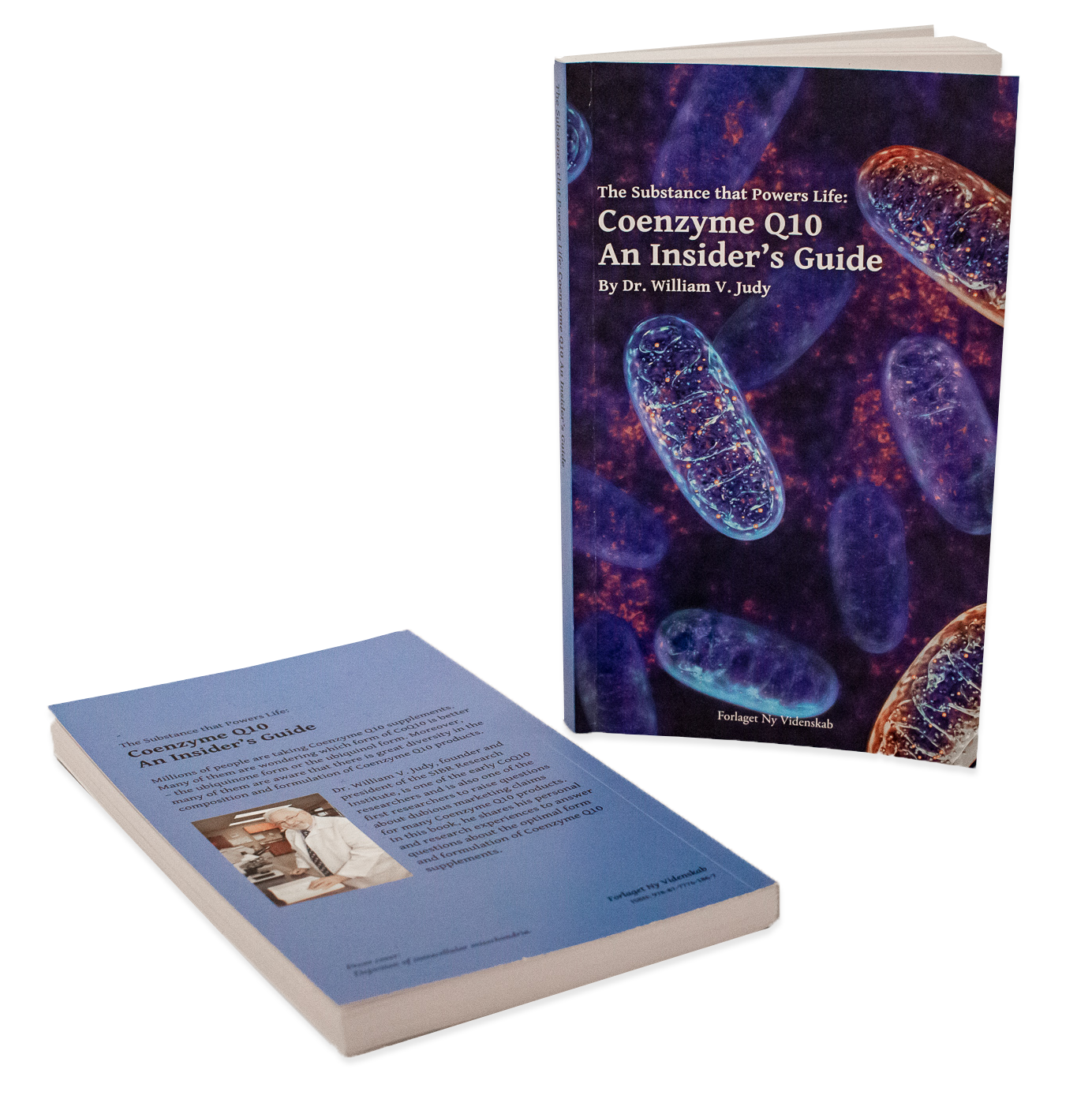
In my My Insider’s Guide to Coenzyme Q10, you can read about the important clinical trials of Coenzyme Q10 and heart patients: the Q-Symbio trial and the KiSel-10 study. ISBN: 978-87-7776-186-7.
CoQ10 in the management of mitral valve prolapse and ventricular bigeminy
This patient was a 23-year-old female with a diagnosis of mitral valve prolapse. She had frequent runs of ventricular bigeminy (= premature contractions of the heart) during which she would become faint and often pass out. While in high school, she was a member of the track team and passed out several times after an event. Her physician was reluctant to allow her to run and thought it was inadvisable for her to have children.
Her plasma blood CoQ10 level was 0.62 micrograms/ml. She was put on 300 mg CoQ10 daily. After 30 days, her plasma CoQ0 level was 2.95 micrograms/ml. However, her bigeminy was not reduced. After 60 days, her bigeminy was reduced. After 90 days, her premature heart contractions were almost gone. She has been on CoQ0 for the past 35 years with no bigeminy and almost no mitral valve prolapse. She has had three children and still runs at least three times a week.
CoQ10 and chronic fatigue
This patient was sent to SIBR Research by her physician after he read an article on the use of CoQ10 in the management of chronic fatigue syndrome. She was 46 years old and had low energy and frequent muscle pain in various parts of her body. Her energy was so low that she could not work or care for her family. Her plasma CoQ10 was measured to be 0.5 micrograms/ml. She was placed on 300 mg CoQ10 per day.
In 60 days, her plasma CoQ10 was increased to 2.7 micrograms/ml. In 120 days, the plasma CoQ10 was stable at 3.7 micrograms/ml. Her energy level was increased, and her muscle pain was reduced. After a year, her energy level was significantly improved, and she went back to work and could exercise without extreme fatigue.
She has raised her children. She and her husband are now suffering from an empty nest syndrome. They are enjoying her family and their life together. The reason for her delayed response to CoQ10 supplementation appeared to be that she had too few active mitochondria in her heart muscle cells.
Mitochondria may be like the micro-organisms in the soil in that without proper nutrition, they atrophy, colonize, and become inactive. When the essential nutrient becomes available, it takes time for them to regenerate and redistribute throughout the muscle cells and become active.
CoQ10 in the management of chronic fatigue and fibromyalgia
This patient came to SIBR Research with a diagnosis of chronic fatigue and fibromyalgia. She had suffered with low energy for seven years. She had two children that she could not care for, much less take care of her home. She had supplemented with a dry powder CoQ10 formulation with most no effectiveness.
We measured her plasma CoQ10 and found it to be low: 0.49 micrograms/ml. She was put on 300 mg of a CoQ10 preparation with the Coenzyme Q10 dissolved in oils. In 30 days, her plasma CoQ0 was 4.46 micrograms/ml. She felt better and had less muscle pain. After three months, her plasma CoQ10 level was 4.6 micrograms/ml, and she could exercise with little fatigue, little muscle pain, and a quicker recovery from exertion.
She went back to work and was able to care for her family. She has now been functional for the past seven years with good energy, with improved exercise tolerance and no muscle pain. Her quality of life has indeed improved. She had a rapid response to the preparation containing the Coenzyme Q10 dissolved in oils. This appears to be due to a good muscle mass with active mitochondria.
CoQ10 success, then failure, and success again
This patient called me some 20 years after we were in graduate school together. He had suffered from chronic fatigue syndrome for about seven years. We measured his plasma CoQ10 and his exercise tolerance. His plasma CoQ10 level was low (0.4 micrograms/ml), and he could not exercise for more than two minutes without severe fatigue. His recovery to the exercise was delayed some 6 to 8 hours.
He was supplemented with 300 mg/day with a preparation with the Coenzyme Q10 dissolved in oils. His plasma CoQ10 level increased to 4.9 micrograms/ml in 30 days, and he was feeling better. After six months, his plasma CoQ10 level was 4.2 micrograms/ml, and he could exercise for 6 minutes at a work load of 600 kg-meters. His recovery was more rapid (10 minutes).
He was able to go back to work. After a year, he thought that his chronic fatigue was cured. He could work, play golf, and support his family. Life was good. He stopped taking the CoQ10. In less than 60 days, his plasma CoQ10 dropped to 0.60 micrograms/ml, and his chronic fatigue returned. He again started taking 300 mg/day in a preparation with the Coenzyme Q10 dissolved in oils. His recovery was rapid.
In less than 60 days, he could again exercise for six minutes, and his plasma CoQ10 was up to 4.2 micrograms/ml. This patient’s progress showed the importance of taking a good CoQ10 product and showed that CoQ10 supplementation does not cure chronic fatigue. A clinical relapse will occur if the supplementation of CoQ10 is stopped. We have seen this clinical relapse occur in other clinical conditions. This patient is now 73 year of age, retired, and has been supplementing with Coenzyme Q10 dissolved in oils for 15 years.
A lady responsible for our 30-year CoQ10 heart failure study
This patient’s cardiologist was responsible for the hospital institutional review board approving the 30-year CoQ10 heart failure study. She was 72 years old and had been in heart failure for about six years; her condition had progressed to Class IV congestive heart failure. We measured he plasma CoQ10 and found it to be very low (0.29 micrograms/ml).
She was placed on 300 mg CoQ10 daily in addition to her other heart failure medications. Her kidneys were the first organ to become more functional. She lost three gallons of fluids in the next 15 days. Her energy level was the second improvement. Then her heart function became more stable.
She left the hospital after 18 days and was able to walk. In six months, the ejection fraction had increased from 18% to 32%. Her cardiac pumping increased from 3.2 to 4.3 liters/min. Her energy level was improved along with her cardiac function. In a year, she and her niece traveled around the world. She could again enjoy her family and her friends.
After about 4 years of not being able to get studies done in the Cardiac Cath Lab where I was, I moved my research efforts to the St. Vincent’s hospital. I was told that I could not initiate any new CoQ10 heart failure studies at that hospital. This was possibly due to influence from a local drug company and to the fact that only two cardiologists on the hospital staff knew anything about CoQ10.
After a year, someone had endowed the hospital with a large sum of funding for me to conduct CoQ10 heart failure studies at the hospital. The hospital could not turn down such a large sum of money for research. I was allowed to get the 30-year study approved by the institutional review board and started the study.
After six years in the Cath Lab supporting more than 5000 catherization procedures, I retired and moved to Florida. After 20 years, I asked a friend who was in medical research at the St. Vincent’s hospital if he could find out who had donated the funding to the hospital for me to start the 30-year study. He told me that it was a lady who had entered the program at the Methodist Hospital.
She had evidently moved her care from the Methodist Hospital to the St. Vincent’s hospital after her cardiologist had retired. The cardiologist who was caring for her at St. Vincent’s had been a cardiology fellow at the Methodist Hospital when she was in severe heart failure. He has been quoted as saying that he would swear that she never had been in heart failure if he hadn’t observed her heart failure as a cardiology fellow, such was the effect of Coenzyme Q10 on her.
Bottom Line: Not all CoQ10 preparations are equally good
- Watch out: almost all the CoQ10 products on the market are crystalline Coenzyme Q10 in an oil base, and the body can’t absorb a crystal.
- The key is to find a CoQ10 preparation formulated in a way that the CoQ10 crystals are dissolved to single CoQ10 molecules at body temperature.
- It is important to find a CoQ10 preparation with documented absorption and bioavailability.
The information presented in this article is not intended as medical advice and should not be used as medical advice.
15 April 2021


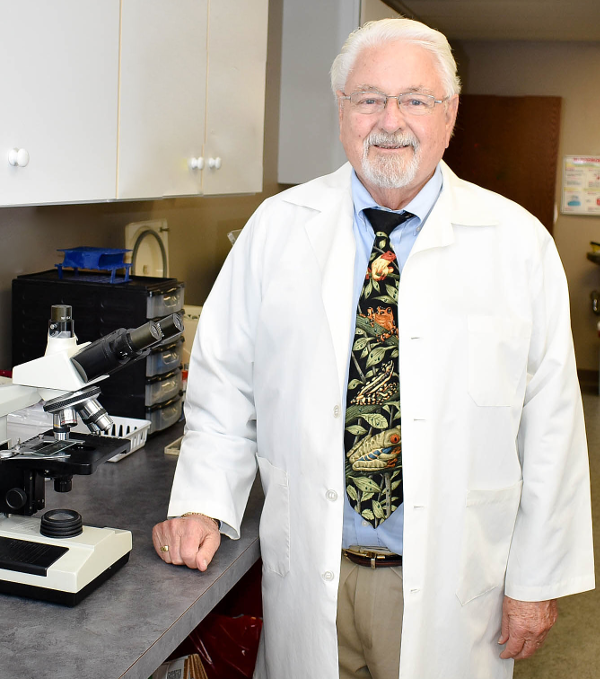
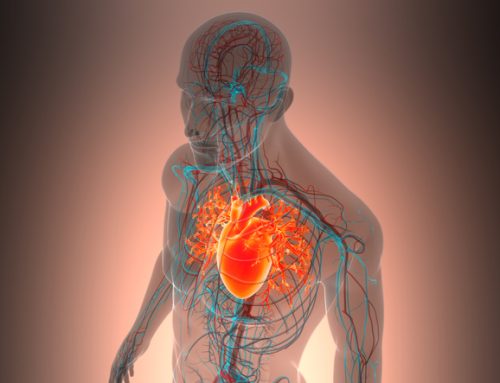


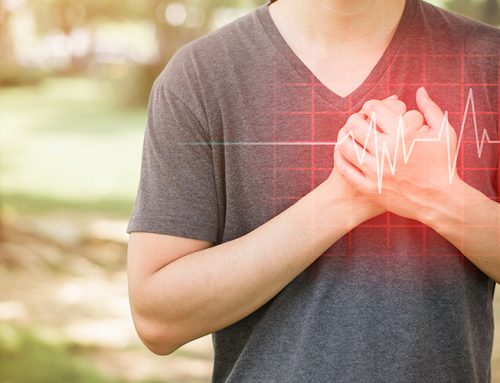
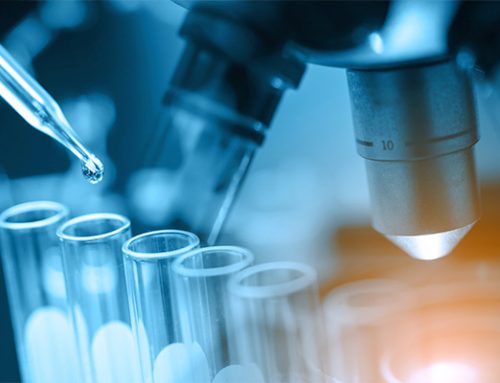
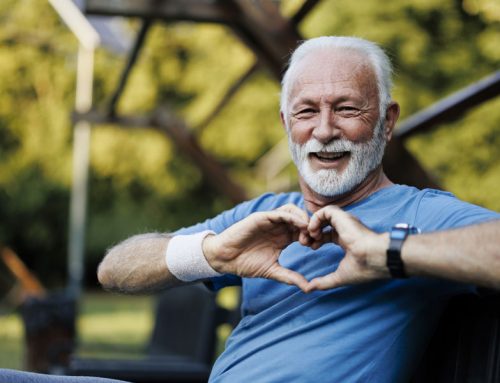
Leave A Comment